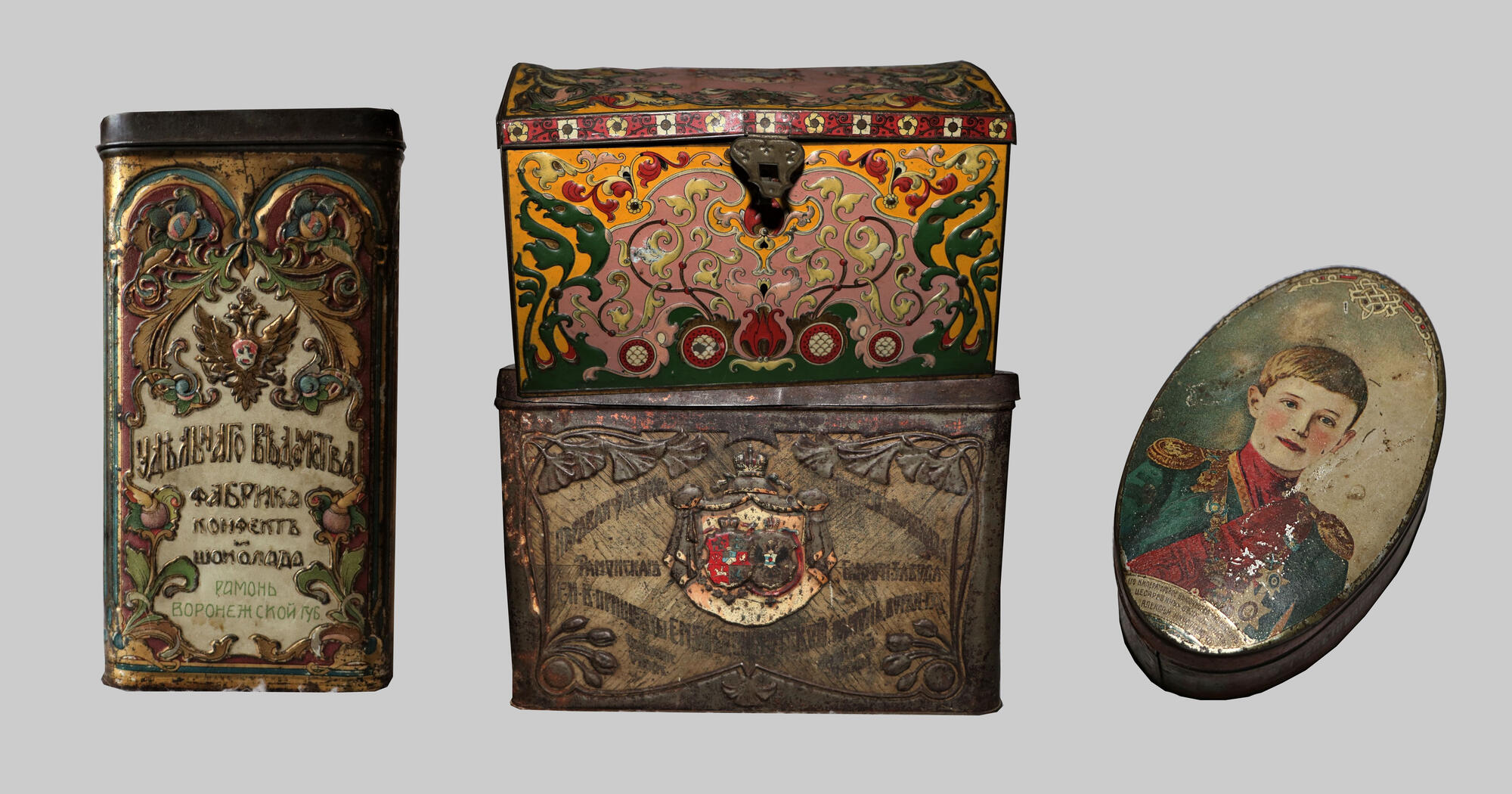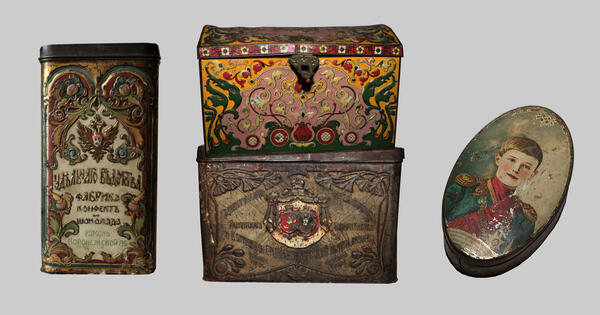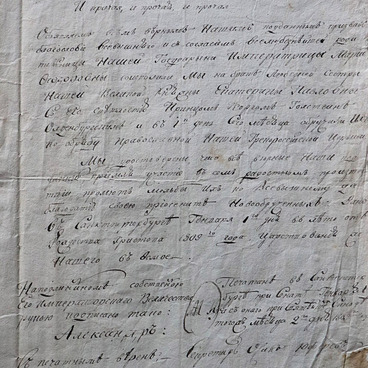In 1878, Princess Eugenia of Oldenburg bought the Ramon estate. There was already a house of former owners of Ramon, the Tulinovs, next to which a small candle factory was located, and a sugar factory was situated on the slope to the river. Its productivity was no more than 4 bags of sugar per day.
Eugenia Maksimilianovna built a new two-story sugar factory and equipped it with the best steam technology. After the sugar factory in 1891, the Grand Duchess opened a refinery station and, finally, in 1900, the ‘Steam Factory of Sweets and Chocolate of Her Imperial Highness Princess Eugenia Maksimilianovna of Oldenburg’.
Already by 1905, the factory produced more than 400 types of sweet products: candies ‘Masterpiece’, ‘Grenadier’, types of caramel from the simplest ‘Montpensier’ to exotic ‘Guava’, dark, milk and even liquid chocolate in faceted bottles, fruit candy, marmalade, lollipops and gingerbread.
All labels and images on tin boxes in which products were packed were highly artistic. Best artists such as Viktor Vasnetsov, Aleksandr Benois, Ivan Bilibin and Mikhail Vrubel were involved in their development.
The factory brought in a considerable income, products were readily purchased both in the Russian Empire and abroad.
The first specialized packages with advertising slogans and an indication of the manufacturer of the product appeared at the beginning of the 19th century. In addition to decorative elements and advertisements, they often featured useful or entertaining information. To attract customers, confectioners often ordered packages that were in series or sets.
Since the 1880s, when a method of applying an image on tin by chromolithography (metallochromy) was created, tin packaging quickly gained popularity. By the end of the 19th century, its production acquired an industrial scale. The variety of shapes and colorful design of tin boxes made products packed in them even more attractive to buyers and allowed the seller to highlight their products on the shelves. In addition, ‘cans’, as they were called then, more reliably protected products not fit for dampness: biscuits, gingerbread, caramel, and montpensier. Designs on boxes were very different and were applied in different ways — from ordinary paper labels to enamel techniques. coin chasing was also very popular.
Metal boxes for montpensiers were hand-painted. The packaging has also always featured confectionery industry awards received for high quality products at trade shows. Even if an award was given for a separate type of product, for example, montpensier, its image could be placed on the package of any product of that company. As a sign of the highest recognition of quality, confectioners received the right to place the coat of arms of the Russian Empire and the sign ‘Supplier of the court of His Imperial Majesty’ on their products.



